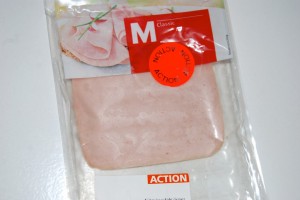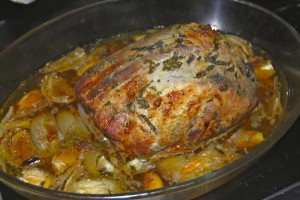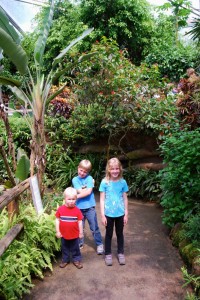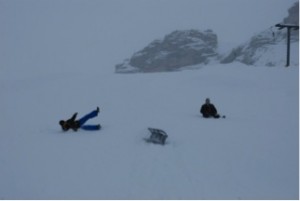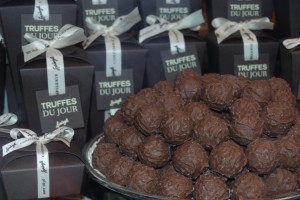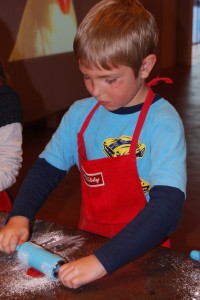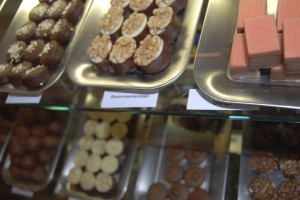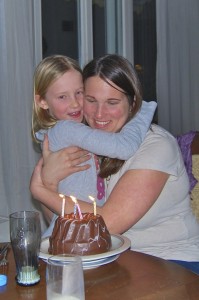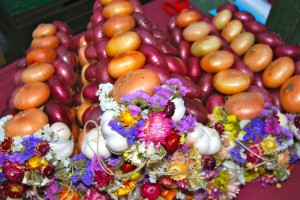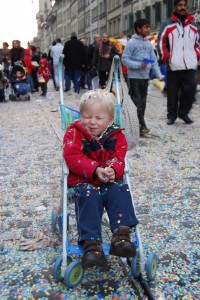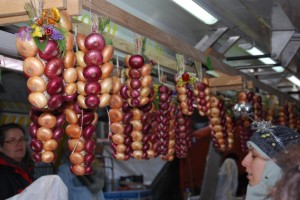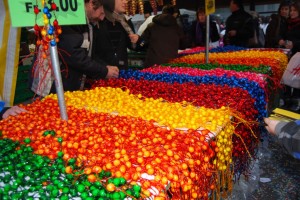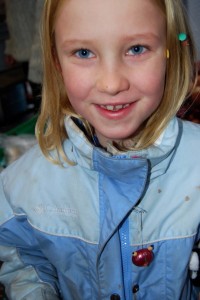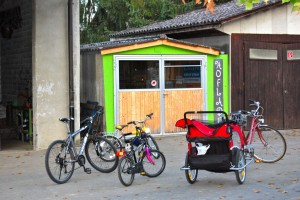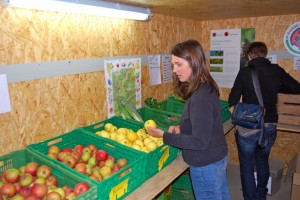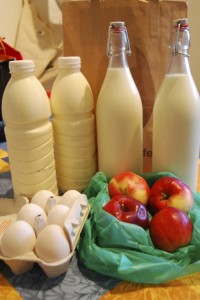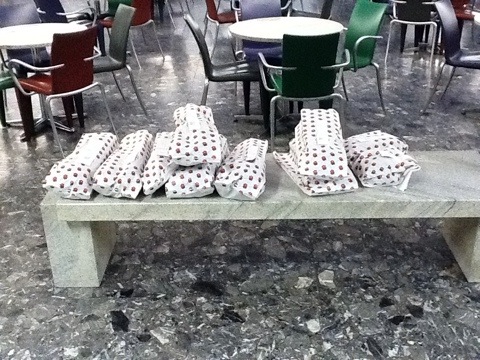We have only been back in America for 2 1/2 weeks. But somehow it is hard to believe that less than one month ago I was at home in Switzerland. It seems almost like another lifetime. Our last days and weeks there were filled with lasts that we tried to cherish. They were very special, and also challenging and emotional.
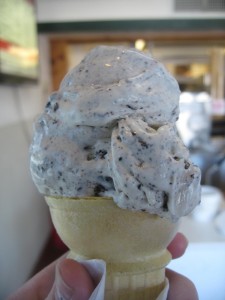 Being back in America for the first time in over a year has brought a different set of emotions. We have gone from lasts to firsts. Or at least firsts in a long time. And it turns out firsts are wonderful in a completely different way. On our first day we went to Gilles’s Frozen Custard, which is an old family tradition and some of the best frozen custard on the planet (in my opinion). It was SO GOOD! And it brought back feelings of happiness for being home.
Being back in America for the first time in over a year has brought a different set of emotions. We have gone from lasts to firsts. Or at least firsts in a long time. And it turns out firsts are wonderful in a completely different way. On our first day we went to Gilles’s Frozen Custard, which is an old family tradition and some of the best frozen custard on the planet (in my opinion). It was SO GOOD! And it brought back feelings of happiness for being home.
But, I’ve noticed that it’s not just the good stuff that’s new again. It’s everything! And it’s funny because even things that I probably wouldn’t have missed if I didn’t do them for a whole year before, somehow have significance again just because I couldn’t do them for a whole year. It’s kind of like being a tourist in my own country. Like seeing everything with new eyes.
When we arrived back in Milwaukee, the kids were thrilled to unpack boxes of old toys that were suddenly new and exciting again. They spent hours playing with things that they never even looked at before we left for Switzerland. “Look mom!” they shouted every few minutes, “I remember this! It’s my old toy laptop!” …or doll, or stuffed animal. It truly was like Christmas in August. I watched them as they tried to play with everything all at once, which doesn’t work very well and only leads to an extremely messy basement.
I recognized that same feeling in myself during my first trip to the grocery store. First of all, I had a car (!!) so I could carry as much as I wanted. After a year of grocery shopping by bike, I hardly knew what to do with myself. Then, I started recognizing items I hadn’t eaten for a long time. MMmmmm, red pepper hummus! Ooooh, Wisconsin cheese curds. Oh my gosh! Look at that cereal aisle! Pretty soon, my cart was full, and I had only made it through half the store, and I still had no meal plans to speak of. But, I wanted to eat it all right now.
It turns out, trying everything all at once is not good for your diet. I learned pretty quickly that I needed to slow down with trying everything again, for the first time. After all, I live here now. I have plenty of time to enjoy all of these firsts. Probably more time than the new feelings will last. So, I’m just trying to enjoy each first and the feeling of newness that comes with it, before it all fades back into normal once again.

